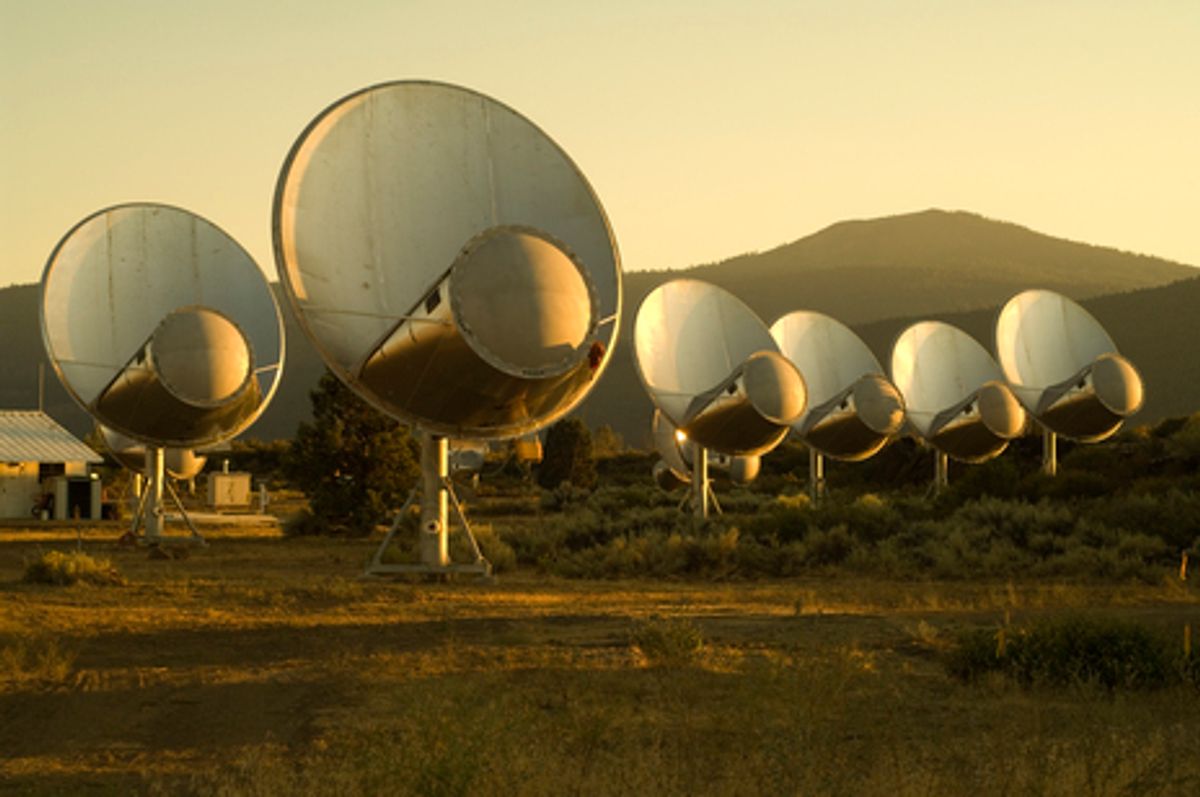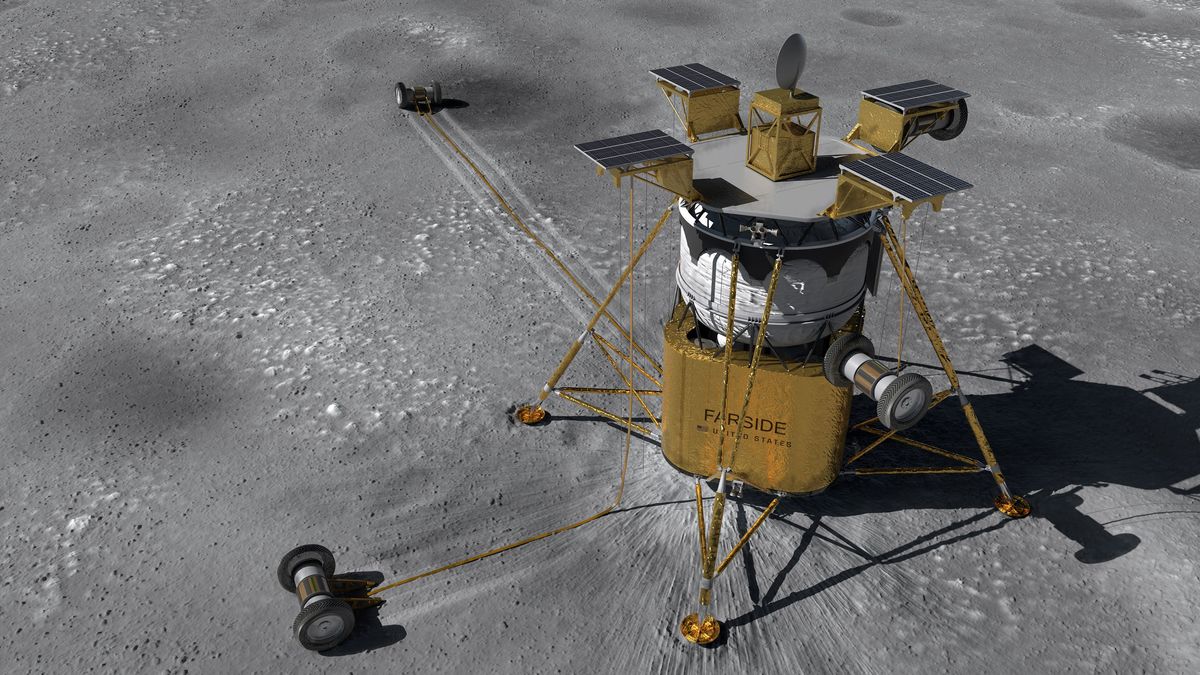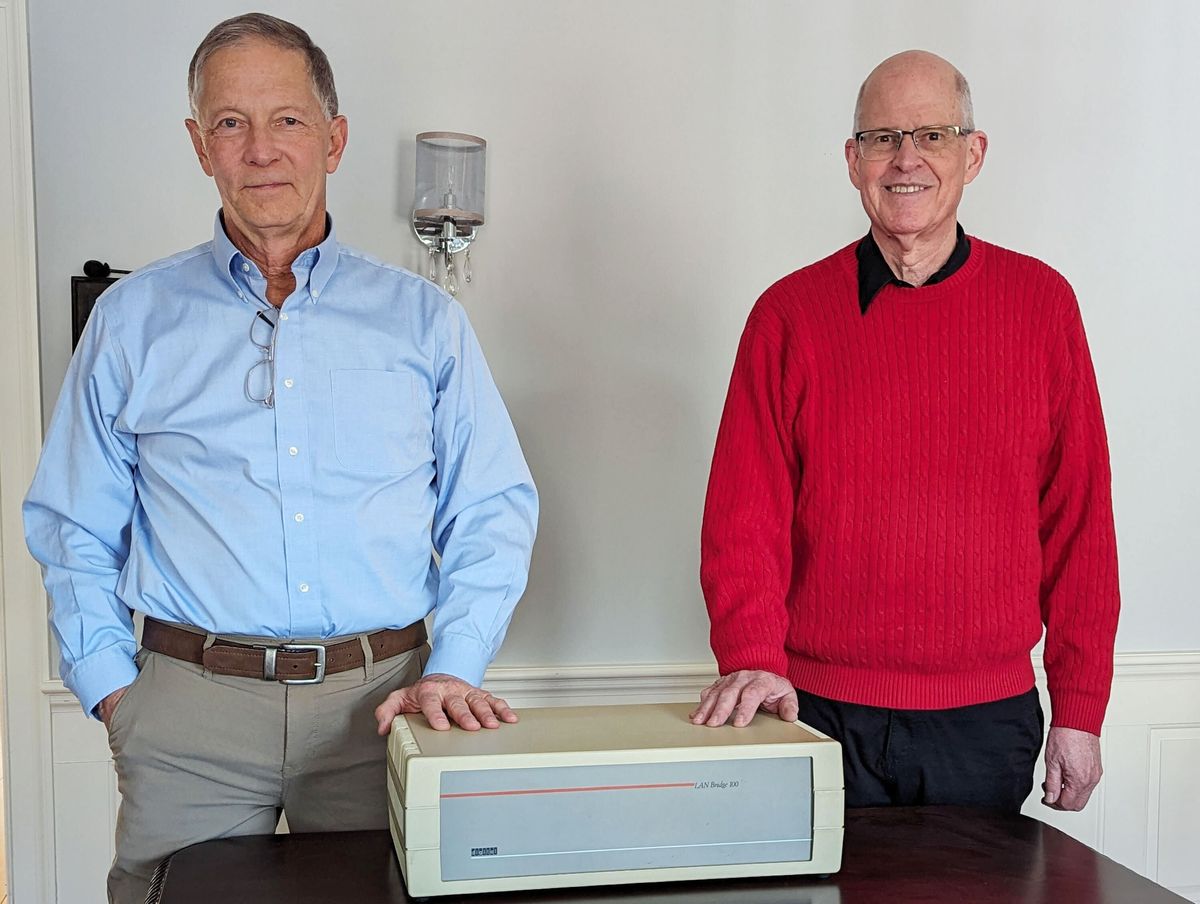The Search for Extraterrestrial Intelligence (SETI) Institute is back in business in a big way, teaming with the Science Channel and calling for thousands of citizen scientists to help SETI astronomers look for alien signals in real time.
The initiative, SETI Live, will enable computer users to help scour live streaming radio frequencies from recently discovered planetary systems for unusual signals in parts of the 1-10 GHz range that today's pattern recognition software might miss or confuse with man-made RF transmissions from electronic devices.
"Below that range is extra radiation noise emitted by the galaxy, and above that is emissions from water vapor and oxygen in our own atmosphere. Unfortunately, portions of this naturally quiet window is getting filled with too much noise from us,“ says astrophysicist Jill Tarter, who co-founded the Mountain View, Calif.-based SETI Institute in 1984 and has been director of its Center for SETI Research ever since. SETI researchers thought thousands of human eyes might fare better than computers in discerning patterns in the noisiest frequencies within that 9 GHz range. "Historically, we had to give up on those bands. Now maybe we won't have to."
SETI Live hard launches today – following last week's soft launch at the Technology Entertainment and Design (TED) conference in Long Beach, Calif. – to coincide with Science's Are We Alone? Month. The cable channel will explore the possibility of extraterrestrial life in four weekly episodes, beginning tonight with a special edition of Morgan Freeman's Through the Wormhole, which asks whether humans will survive first contact. SETI will feature in the March 13 and 20 Alien Encounters episodes, which discuss what it might be like to receive a message from an extraterrestrial civilization en route to Earth. A final episode, NASA's Unexplained Files, airs March 27.
The Alien Encounters episodes also feature Nick Sagan, an award-winning science fiction writer and son of the late astrophysicist Carl Sagan. “I think we'd freak out [if we were contacted by aliens]. Our civilization just isn't ready for it," says Sagan, who, at six, recorded “Hello, from the children of planet Earth" for the record aboard the Voyager spacecraft. “A species capable of interstellar travel is likely so far beyond us technologically that we'll be unable to oppose them in any meaningful way. So let's hope they're friendly if they're out there."
The Science specials grew out of a TED-organized retreat 16 months ago - as part of Tarter's 2009 TED Prize - to brainstorm ways to promote SETI's efforts. The SETI Live idea came about after the Institute resumed operations at the 42-dish Allen Telescope Array in Hat Creek, Calif. on Dec. 5 with a new operating partner. The previous April, budget cuts forced the University of California, Berkeley to cease its operation of the ATA for want of $1.5 million annual funding.
SETI observations resumed as NASA's Kepler Mission announced evidence of planetary systems, some containing potentially life-sustaining planets. So instead of choosing from a long list of stars, SETI trains the ATA, which it shares with UC Berkeley, on planetary systems. To date, just over 2800 planets have been discovered by Kepler, as well as by ground-based radio velocity and gravitational lensing techniques.
SETI Live will send out 10 KHz of data selected from the crowded bands every 90 seconds to the online participants. If enough report a recurring pattern, SETI will circle back for more analysis. "Once several people find a signal, it's a long process to make sure it's a signal, and not interference coming from our telescopes,“ says Tarter.
SETI Live differs from the ongoing SETI@Home project, run by UC, Berkeley, which trained the Arecibo Observatory telescope in Puerto Rico on random sections of sky. Its participants download a special screensaver with software that autonomously retrieves and analyzes data on SETI servers while their computers sleep.
For Tarter, finding alien intelligence goes beyond scientific curiosity, suggesting hope in humankind's ability to survive. “If they have the technology to get here, then they're older and have had to solve some of the problems that will allow them to stabilize their civilization," she says. “If we detect a signal, that could be a message that it's possible to have a long future.“




